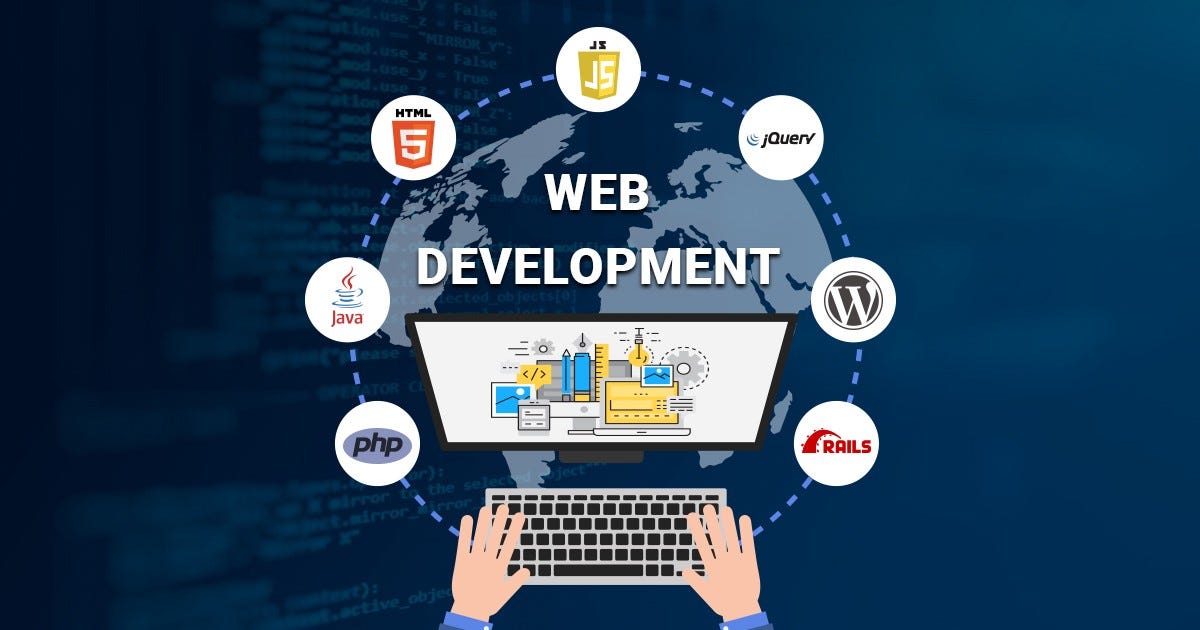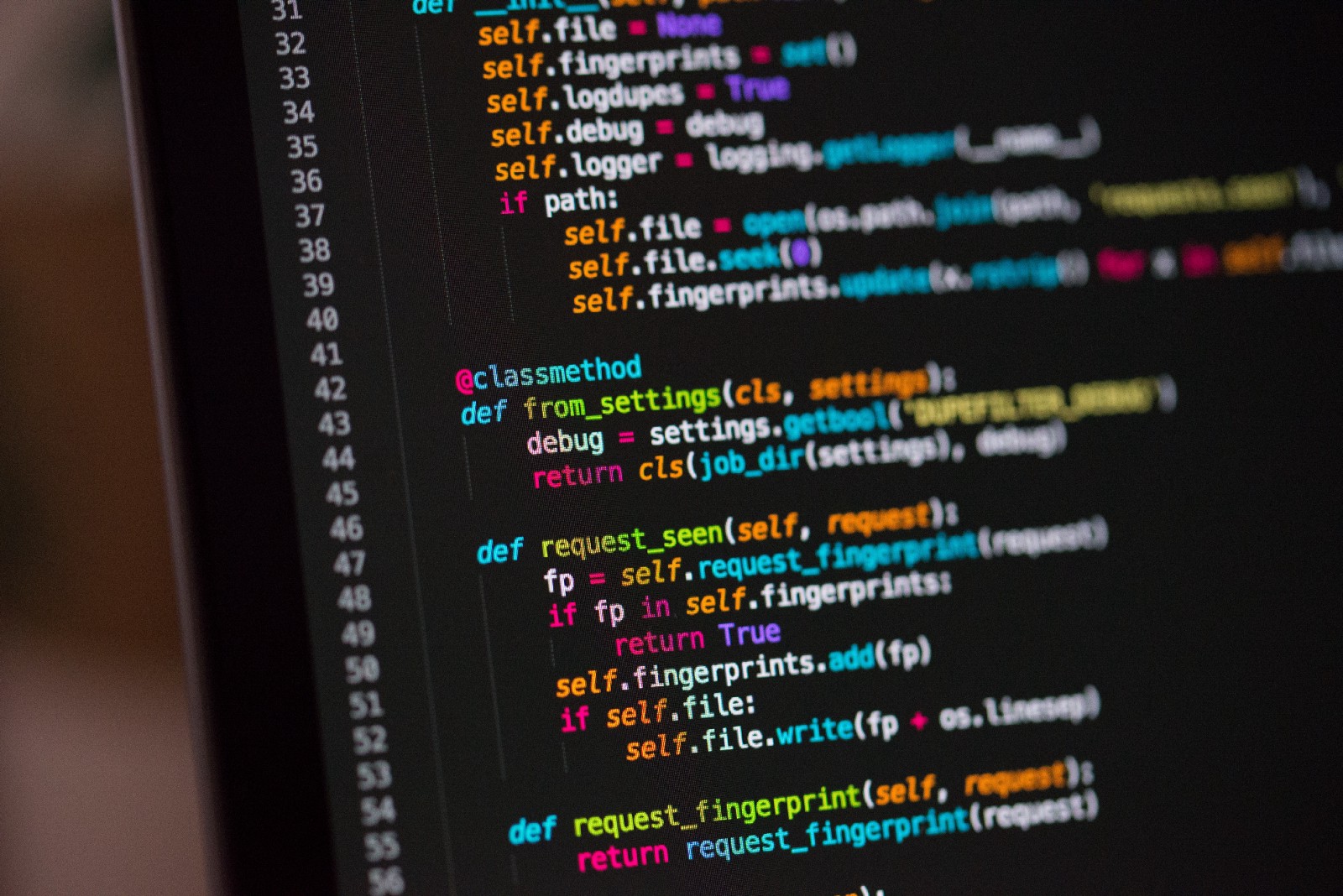Category: Introduction to Programming
-

Automating Instagram posts using the Instagram Graph API in JavaScript:
•
In this guide, we’ll explore how to automate posting on Instagram using JavaScript and the Instagram Graph API. By leveraging the power of the Graph API, we can schedule posts programmatically, streamlining the process of managing content on Instagram. Let’s dive in and learn how to set up our development…
-

Create UI in C on MacOS
•
This code provides a simple introduction to creating a macOS application using Cocoa, which is the native framework for macOS app development. Cocoa provides a set of APIs and tools for building applications with rich graphical user interfaces (GUIs) for macOS. Let’s break down the code: This code creates a…
-

Creating a user interface (UI) for a C
•
Creating a user interface (UI) for a C program involves a bit of creativity since C itself doesn’t have built-in libraries for UI development like some other languages do. However, you can use libraries like GTK, Qt, or ncurses to build UIs for C programs. Here’s a simple example using…
-

Lets Create a Real-world Currency Price Tracker
•
The Real-world Currency Price Tracker is a web-based application designed to provide users with real-time information on currency exchange rates. Developed using HTML, CSS, and JavaScript, this project leverages the ExchangeRate-API to fetch the latest exchange rates in relation to the US Dollar (USD). The application features a clean and…
-

Update Cryptocurrency Tracking
•
Lets create a cryptocurrency tracking website that displays prices for all cryptocurrencies available in the world, you’ll need to fetch data from a cryptocurrency API that provides comprehensive information about all cryptocurrencies. CoinGecko is a popular choice for this purpose. Here’s how you can build it: Introduction: Cryptocurrency Price Tracker…
-

Lets Create A Simple Snake Game
•
let’s create a full Snake game with HTML5 Canvas and JavaScript. This game will have the following features: Here’s the code for the full Snake game: html<!DOCTYPE html><html lang=”en”><head> <meta charset=”UTF-8″> <meta name=”viewport” content=”width=device-width, initial-scale=1.0″> <title>Snake Game</title> <style> canvas { border: 1px solid #000; background-color: #eee; display: block; margin: 0…
-

Javascript Client Side Video Converter
•
Lets Create a Progressive Web App (PWA) that converts videos entirely on the client-side without any server-side processing is a bit challenging due to the processing power and memory limitations of browsers, especially for large video files. However, for smaller videos or educational purposes, we can create a basic PWA…
-

Creating a Harry Potter-inspired “Tom Riddle’s Diary”
•
Lets creating a Harry Potter-inspired “Tom Riddle’s Diary” AI interface involves several components. We’ll create a simple chat interface where users can type messages, and our “diary” will respond using a basic AI powered by an API like OpenAI’s GPT-3 or a similar language model. Overview of the Implementation Step…
-

Crypto Tracker Using Client Side Javascript Advanced Version
•
create a more advanced version of the Crypto Tracker with a search function and additional features, we can extend our previous implementation. Here’s how you can do it: New Features: Step 1: Updated HTML Structure Add a search bar and update the table to accommodate more detailed information. html<!DOCTYPE html><html…
-

Crypto Tracker Using Client Side Javascript
•
Let’s create a simple Crypto Tracker using client-side JavaScript that fetches cryptocurrency data from a public API and displays it in a web page. We’ll use the CoinGecko API for this purpose. Step-by-Step Guide Step 1: HTML Structure Create an index.html file with the following content: html<!DOCTYPE html><html lang=”en”><head> <meta…
-

Create An Advance Web Scrapper Using Client Side Javascript
•
create a client-side web scraper using JavaScript running in the browser. We’ll use the fetch API to make HTTP requests and DOMParser to parse HTML content. Here’s how you can do it: html<!DOCTYPE html><html lang=”en”><head> <meta charset=”UTF-8″> <meta name=”viewport” content=”width=device-width, initial-scale=1.0″> <title>Web Scraper</title></head><body> <h1>Scraped Articles</h1> <ul id=”article-list”></ul> <script> async function…
-

Create An Advance Web Scrapper Using Python 2
•
Step 1: Install Dependencies First, install the necessary dependencies: bashpip install requests beautifulsoup4 Step 2: Fetch Web Pages Use the requests library to fetch the HTML content of the web pages you want to scrape. pythonimport requestsdef fetch_page(url): try: response = requests.get(url) return response.text except requests.exceptions.RequestException as e: print(‘Error fetching…
-

Chapter 17: Further Learning Resources
•
Introduction The journey of learning C programming does not end with this book. The vast and dynamic field of computer science and software development constantly evolves, presenting new tools, techniques, and challenges. This chapter aims to guide you through various resources that will help you deepen your understanding of C…
-

Chapter 16: Best Practices and Coding Standards
•
Introduction Writing clean, efficient, and maintainable code is crucial for any programming language, and C is no exception. Due to its low-level capabilities and direct interaction with hardware, adhering to best practices and coding standards in C is essential to avoid common pitfalls and ensure the robustness of your code.…
-

Chapter 15: Real-World Applications
•
Introduction The C programming language has been a cornerstone in the software development industry for decades. Known for its efficiency and control over system resources, C has found its place in a myriad of real-world applications. This chapter explores some of the most prominent uses of C, showcasing its versatility…
-

Chapter 14: Debugging and Optimization
•
Introduction In software development, debugging and optimization are crucial stages that ensure your C programs run efficiently and without errors. This chapter delves into the techniques and tools available for debugging and optimizing C code. By mastering these skills, you can improve your program’s performance, reliability, and maintainability. Debugging in…
-

Chapter 13: Concurrency in C
•
Introduction Concurrency is an essential concept in modern programming, allowing multiple operations to be executed simultaneously. In C, managing concurrency efficiently can lead to performance improvements and more responsive applications. This chapter explores various techniques and tools for implementing concurrency in C, including multithreading, synchronization mechanisms, and parallel programming. Understanding…
-

Chapter 12: Advanced Topics in C
•
Introduction As you become more proficient in C programming, you’ll encounter advanced concepts that push the boundaries of what you can achieve. This chapter delves into several advanced topics in C, including multithreading, network programming, and interfacing with hardware. These topics require a solid understanding of C fundamentals, but mastering…
-

Chapter 13: Advanced Data Structures in C
•
Introduction In programming, data structures are essential tools that enable efficient data manipulation and management. Advanced data structures go beyond the basic arrays and linked lists to provide more sophisticated ways to store, organize, and retrieve data. This chapter delves into some of the most commonly used advanced data structures…
-

Chapter 12: Dynamic Memory Allocation
•
Introduction to Dynamic Memory Allocation Dynamic memory allocation is a fundamental concept in programming that allows you to request memory during the runtime of your program. This is essential when the amount of memory required cannot be determined at compile time. In C, dynamic memory allocation is managed using the…
-

Chapter 11: File I/O
•
Introduction to File I/O File input/output (I/O) operations are a crucial part of many programs, allowing them to read from and write to files on disk. This capability enables data persistence, where the data created or modified during program execution can be stored for future use. In C, file I/O…
-

Chapter 10: Dynamic Memory Allocation
•
Introduction to Dynamic Memory Allocation Dynamic memory allocation is a powerful feature in C that allows programs to allocate memory at runtime. Unlike static memory allocation, which reserves memory at compile-time, dynamic memory allocation gives you the flexibility to request memory as needed during the execution of the program. This…
-

Chapter 9: Structs and Unions
•
Introduction to Structs and Unions Structs and unions are user-defined data types in C that allow you to group different types of variables under a single name. They are essential for creating complex data structures like linked lists, trees, and more. While both structs and unions group multiple variables, they…
-

Chapter 8: Pointers and Memory Management
•
Introduction to Pointers Pointers are one of the most powerful features in C. They provide direct access to memory and allow for efficient manipulation of data. A pointer is a variable that stores the memory address of another variable. Understanding pointers is crucial for tasks such as dynamic memory allocation,…
-

Chapter 7: Arrays and Strings
•
Introduction to Arrays Arrays in C are used to store multiple values of the same type in a single variable, which is useful when you need to manage a large number of related data items. Arrays provide a way to access and manipulate this data efficiently using index-based access. What…
-

Chapter 6: Functions
•
Introduction to Functions Functions are a fundamental building block in C programming. They allow you to encapsulate code into reusable blocks, making programs more modular, easier to read, and easier to maintain. Functions help break down complex problems into smaller, manageable tasks. By defining functions, you can write cleaner and…
-

Chapter 5: Control Flow Statements
•
Introduction to Control Flow Control flow statements in C are used to dictate the order in which statements are executed. They enable you to make decisions, repeat tasks, and jump to different parts of the code, making your programs more dynamic and efficient. Types of Control Flow Statements Decision Making…
-

Chapter 4: Operators and Expressions
•
Introduction to Operators Operators are special symbols in C that perform operations on variables and values. They are the foundation of expressions and help in performing various computations. Types of Operators C has several types of operators, including: Arithmetic Operators Arithmetic operators are used to perform mathematical operations. Basic Arithmetic…
-

Chapter 3: Variables and Data Types
•
Introduction to Variables Variables are used to store data that can be manipulated by the program. In C, a variable must be declared before it can be used. Declaring Variables To declare a variable in C, you specify its type followed by its name: int age;float salary;char grade; Initializing Variables…
-

Chapter 2: Basic Syntax and Structure
•
Basic Structure of a C Program A typical C program has a specific structure that includes headers, the main function, and statements. Understanding this structure is crucial for writing and reading C code. Example Structure #include <stdio.h> // Preprocessor directiveint main() { // Main function // Statements printf(“Hello, World!\n”); return…